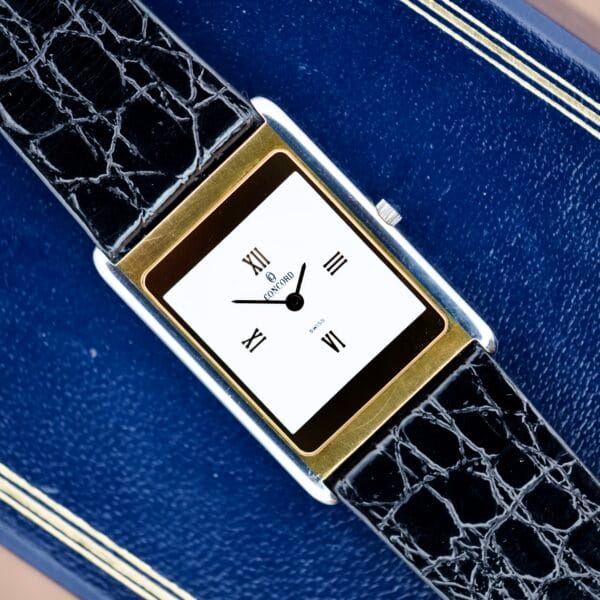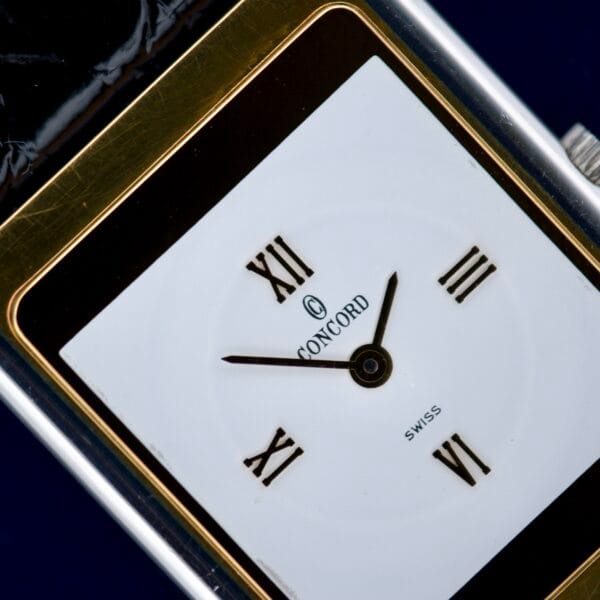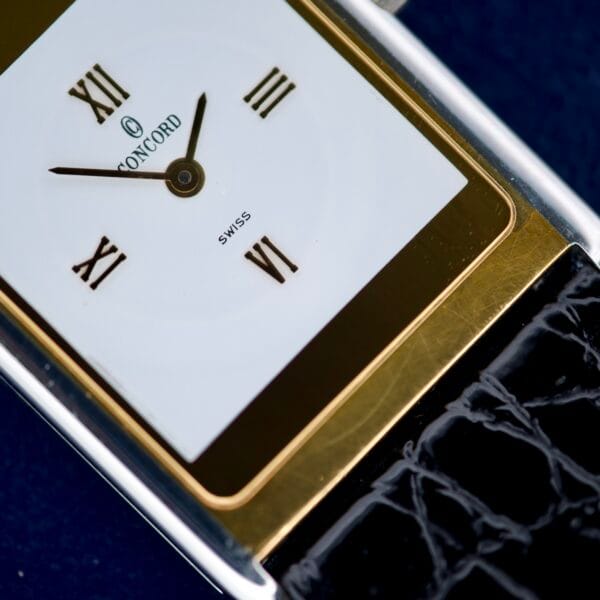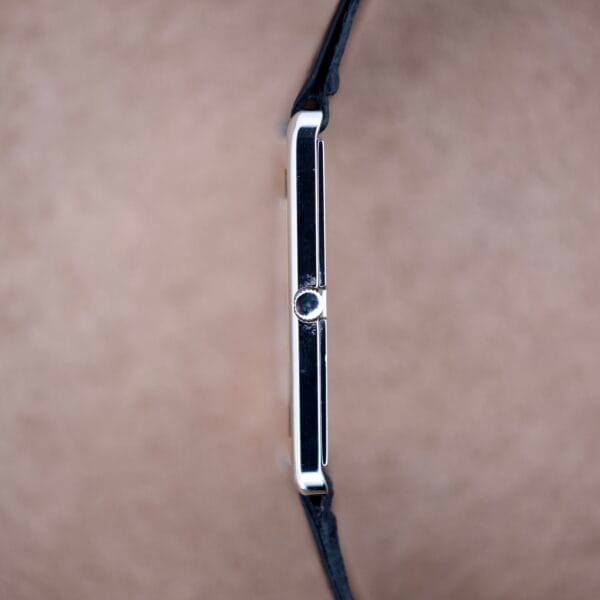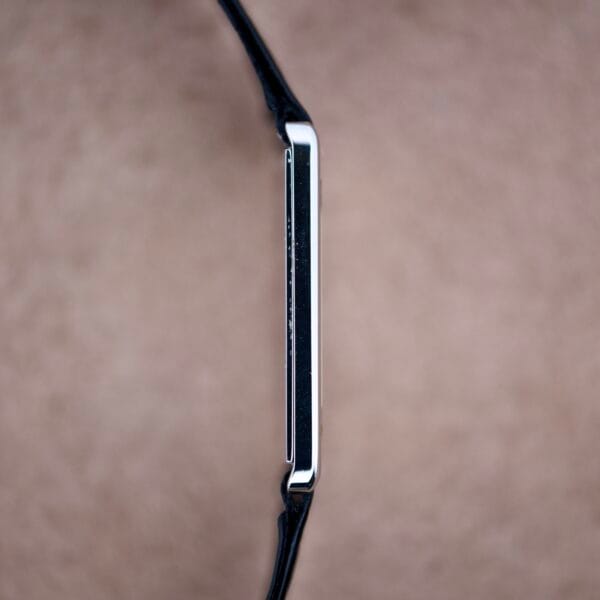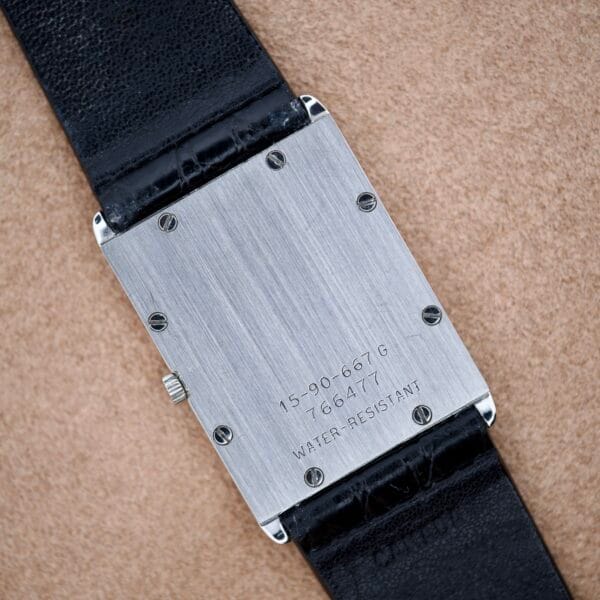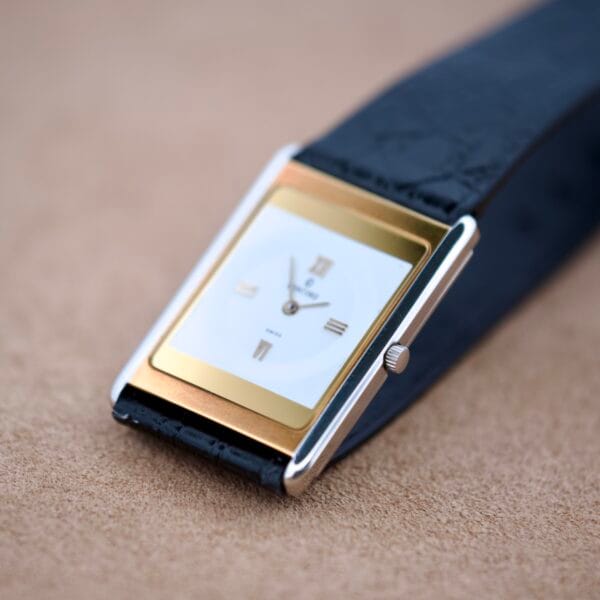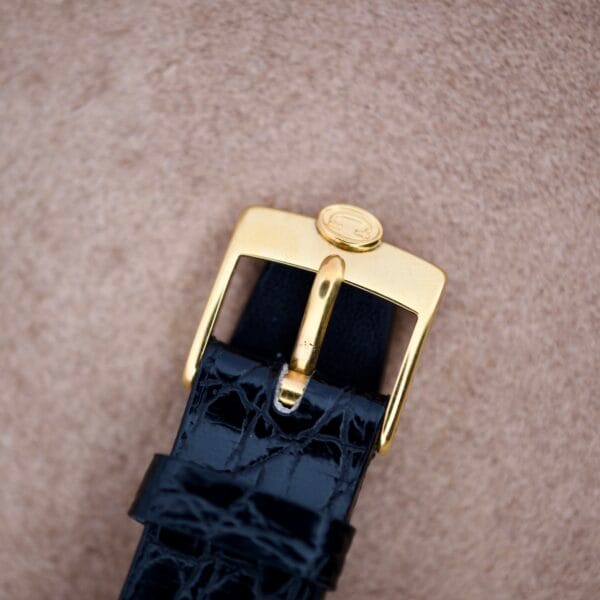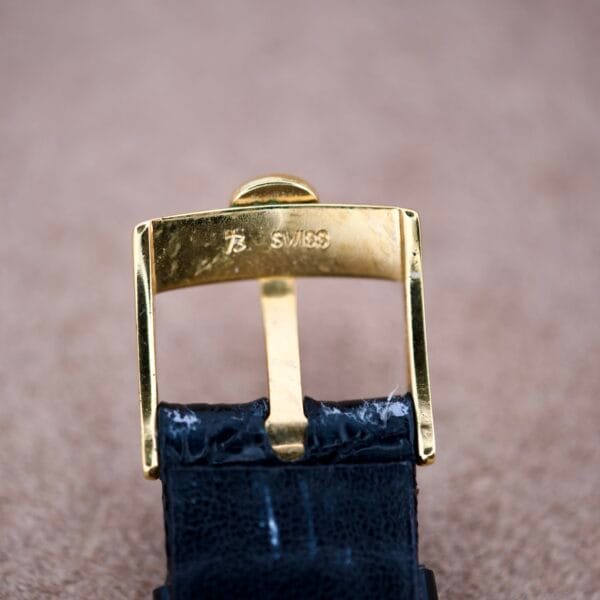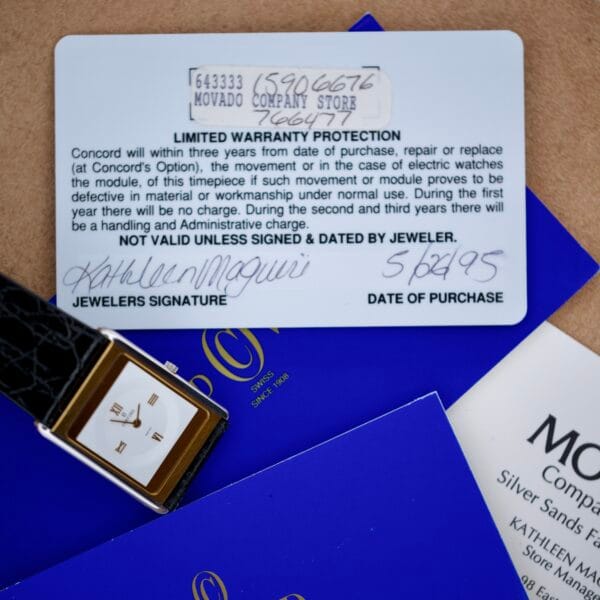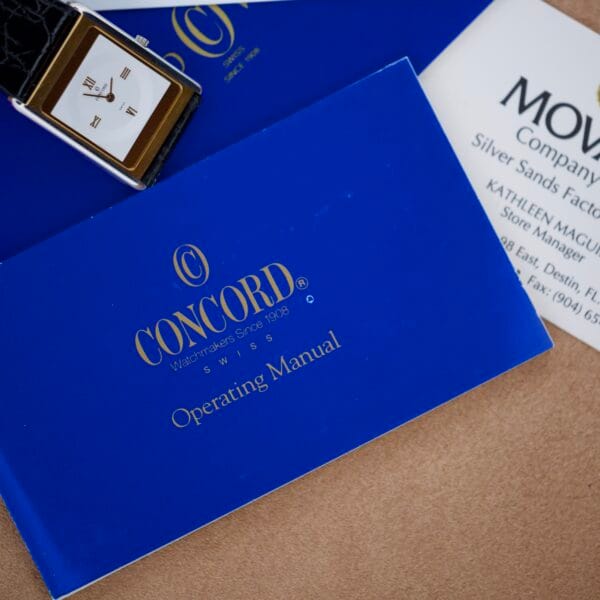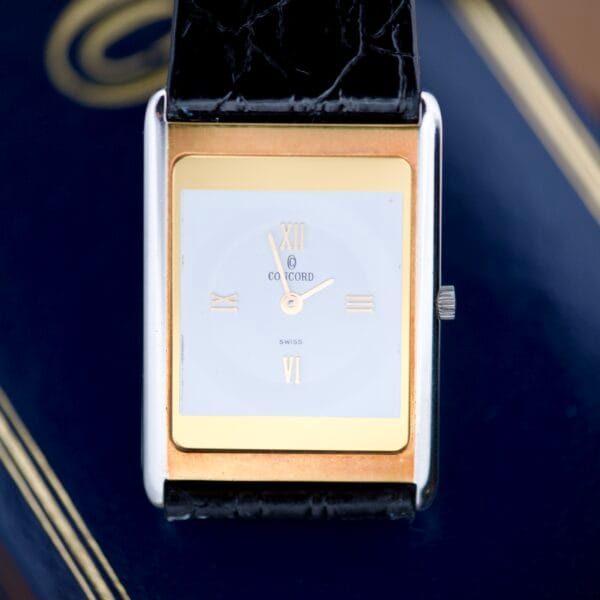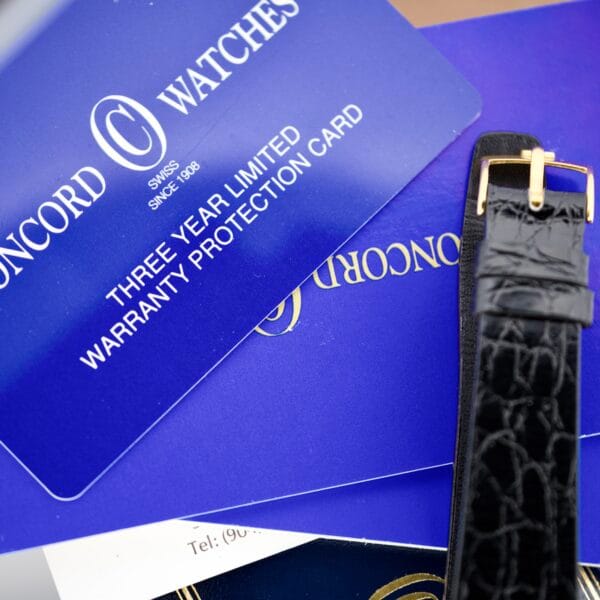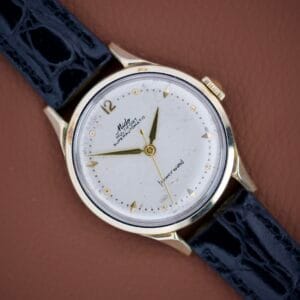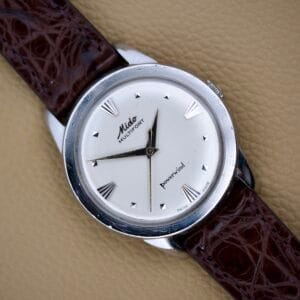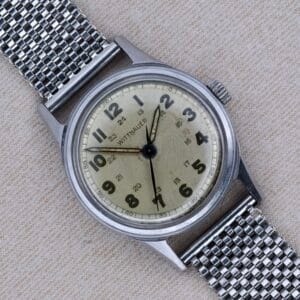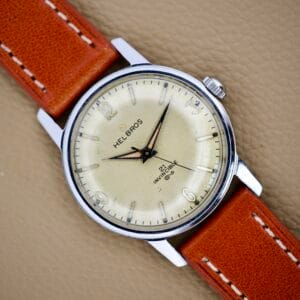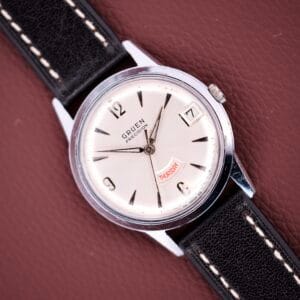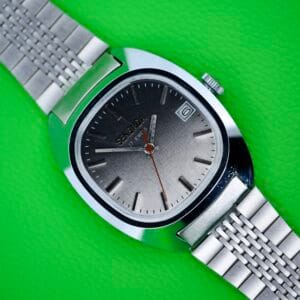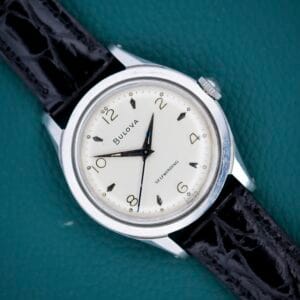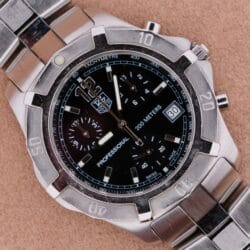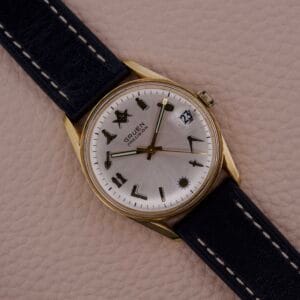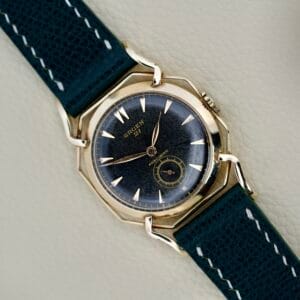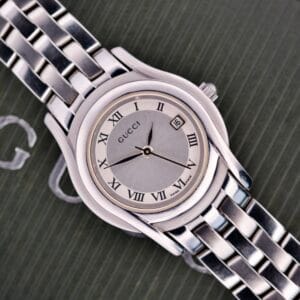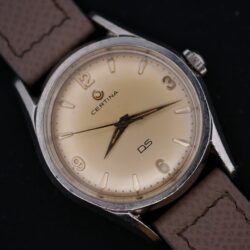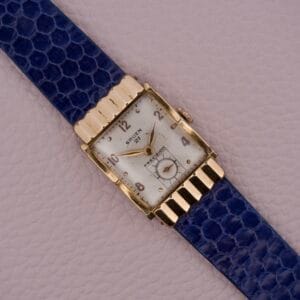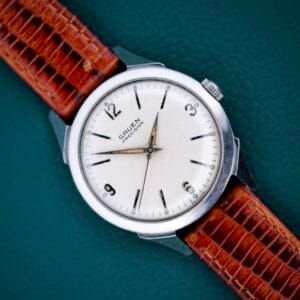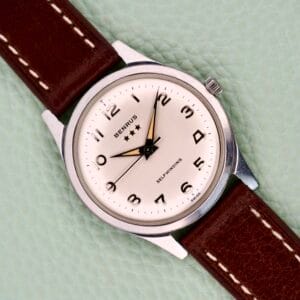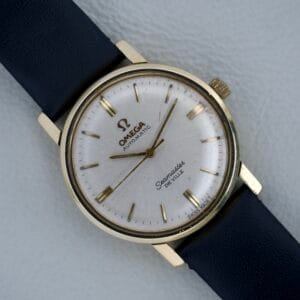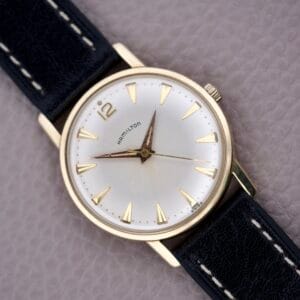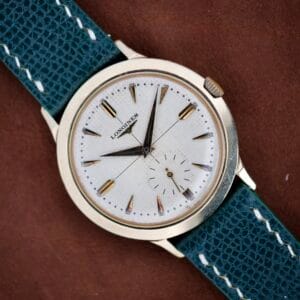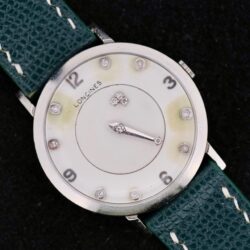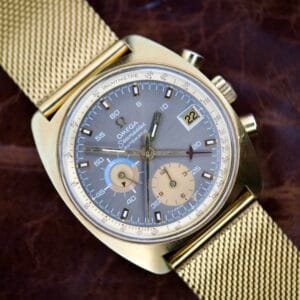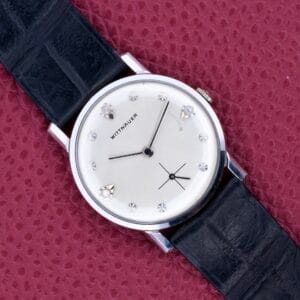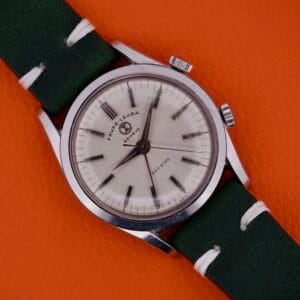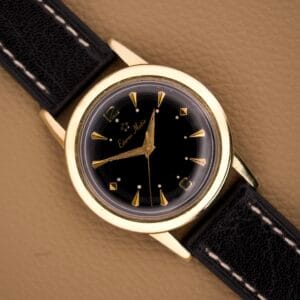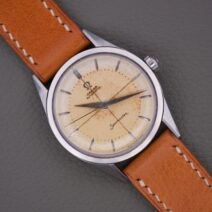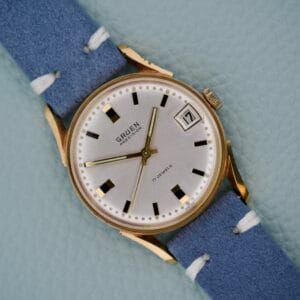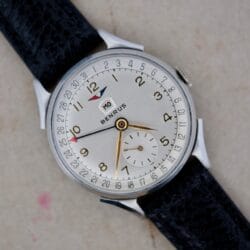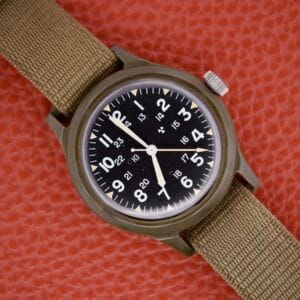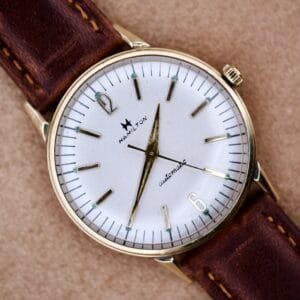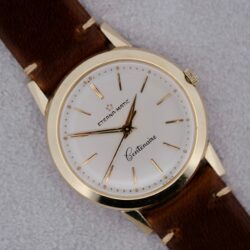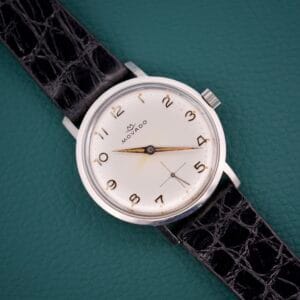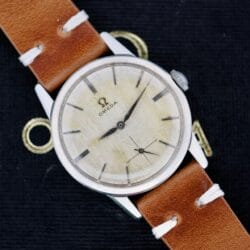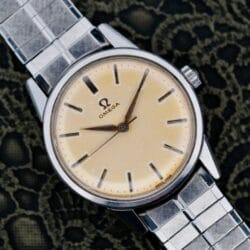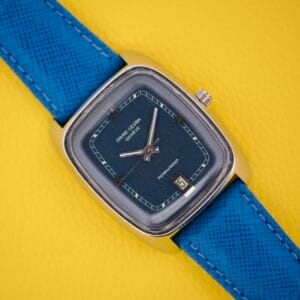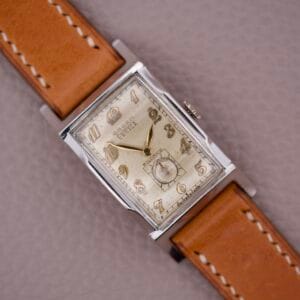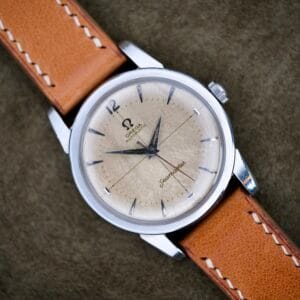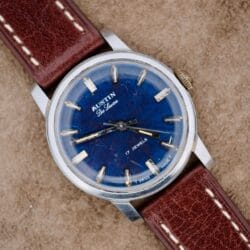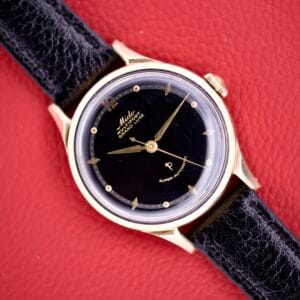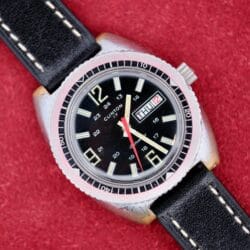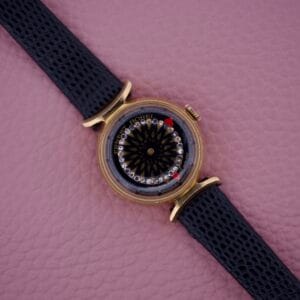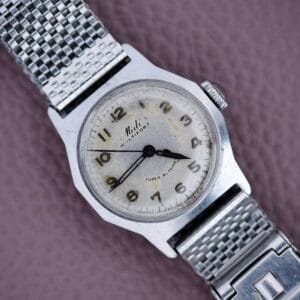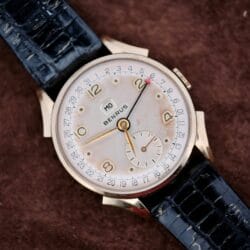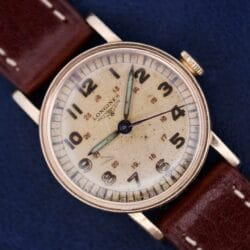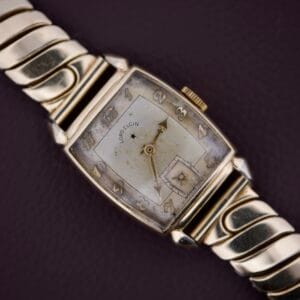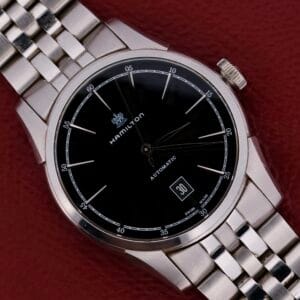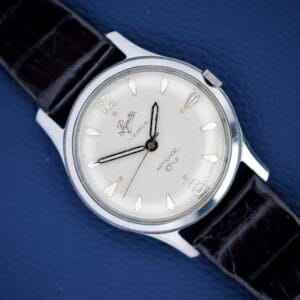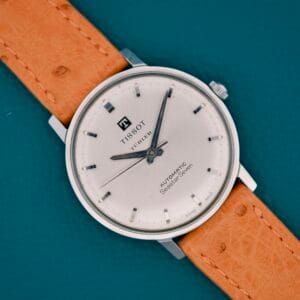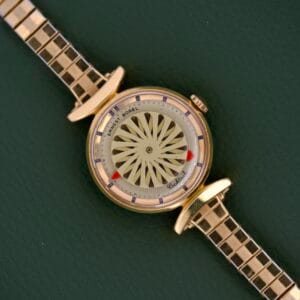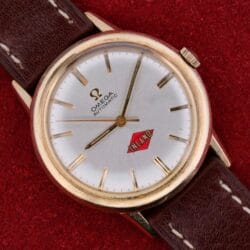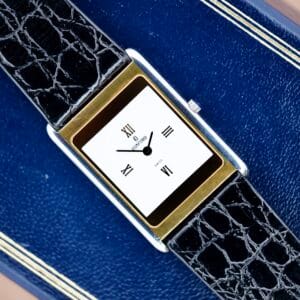In the aftermath of the Quartz Crisis, while many traditional Swiss brands were struggling for survival, a few audacious companies embraced the new technology and used it to redefine the boundaries of watchmaking. Concord was chief among them. In 1979, they unleashed the Delirium, a watch so impossibly thin (under 2mm) that it shattered world records and sent a shockwave through the industry. It was a stunning flex of technical muscle and elegant design, proving that Swiss ingenuity could lead in the quartz era. The Delirium wasn’t just a watch; it was a statement and an icon of 1980s luxury.
The Delirium line that followed carried this legacy of svelte, sophisticated design forward, becoming a hallmark of the brand. These were watches for the discerning client who valued elegance, precision, and cutting-edge technology. The design language was one of refined minimalism, often blending precious metals with clean, architectural lines to create a timepiece that was both a piece of jewelry and a marvel of micro-engineering. To wear a Delirium was to wear a piece of the future, a direct descendant of one of the most important watches of the 20th century.
This particular example, a Reference 15-90-667 G, is a fantastic expression of the Delirium’s enduring aesthetic. Its two-tone case, blending the cool strength of stainless steel with the warm luster of yellow gold, is quintessentially neo-vintage. The stark white dial is a study in minimalism, featuring crisp Roman numerals and a simple two-hand layout that prioritizes pure, uncluttered legibility. But the true magic is revealed in profile, the watch is staggeringly thin, disappearing on the wrist and sliding under a cuff with unparalleled grace. What truly elevates this example into the collector’s sphere is its provenance. It comes complete with its original operating manual and, most impressively, its filled-out warranty card from 1995.
This is, for all intents and purposes, a time capsule. The watch is in stunning, beautifully preserved condition, showing only the lightest signs of handling. The case lines are razor-sharp, the dial is pristine, and even the original Concord-signed buckle remains. It’s clear this watch was cherished and worn sparingly. Finding a watch from this era is one thing; finding it with its original box and papers is another entirely, offering a complete and authentic snapshot of the day it was purchased.

